Casey L. Walker
Educator, Artist, Designer, Do-Gooder
Featured Lessons
Teachers live for those lessons that light a spark in our students.
Below, you can read about a few lessons in which I take extra pride.

Students from New Jersey, USA and Manila, Philippines exchanged trading card sized artwork
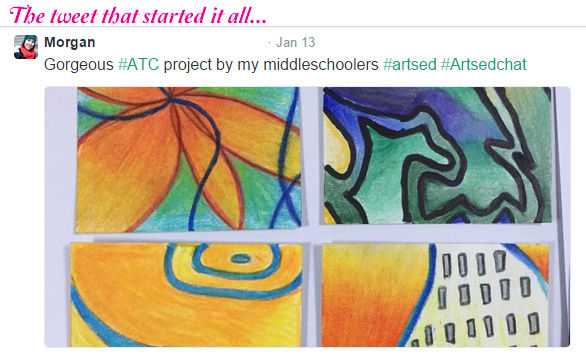
This project evolved after Ms. Walker saw this post on Twitter one night, and thought her students would benefit from doing a similar project
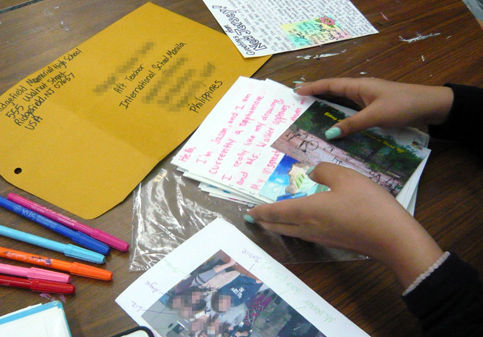
Here, students in NJ pack up everything to mail to Manila.

Students from New Jersey, USA and Manila, Philippines exchanged trading card sized artwork
Artist Trading Cards:
An International Exchange
During the midwinter of 2014 into 2015, students from Ridgefield, New Jersey and Manila, Philipenes got to participate in a unique opportunity: trading artwork with someone living half-way around the globe!
The two teachers involved (Ms. Walker and Mrs. Jacobs) connected via Twitter, and the students' artwork, along with hand-written letters, were transported via "snail mail."
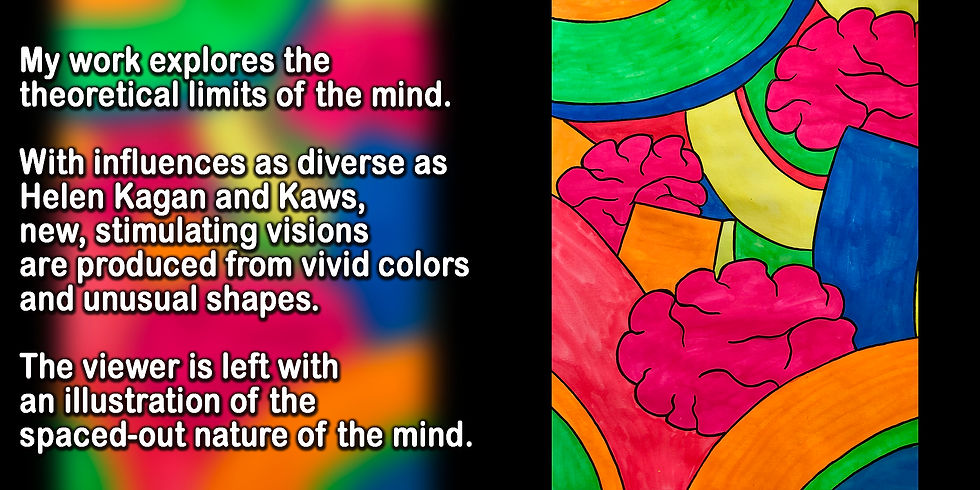
This piece fluoresces under UV light, and was displayed at our pop-up exhibit in the school library with a black light mounted above it.

Rachel created this piece in the months shortly after the release of the first season of The Mandalorian, and after her boyfriend finally convinced her to watch Star Wars for the first time.

Note how Sam found a way to directly incorporate every line and bit of jargon from the statement into his illustration.

This piece fluoresces under UV light, and was displayed at our pop-up exhibit in the school library with a black light mounted above it.
Arty Bollocks
In the Arty Bollocks project, students begin with an artist statement that is auto-generated from artybollocks.com. These statements are formulaic and overflowing with artsy-fartsy jargon and clichés. I allow students to make small edits, especially to their influences, and require them to research the movements and phenomena listed in their statement. Students then plan and create a work of art that matches the Arty Bollocks artist statement, typically in the media of their choice.
This process often enables students to create more developed conceptual works and higher quality written statements for their future original work, and the constraints of deciding how to interpret a statement that is intended to be nearly jibberish is a lot of fun!
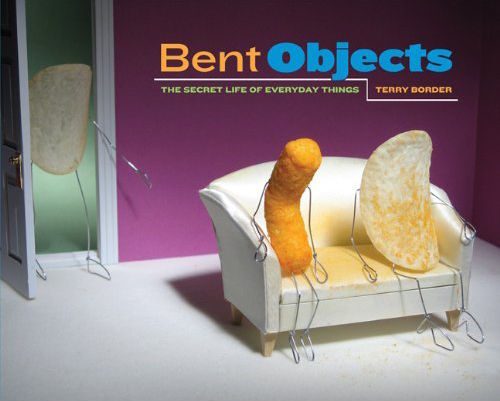
This is the cover for one of Terry Border's books, which claims to document "the secret life of everyday things."

This example by Terry Border shows the humor he often creates with his work.

This student conceptualized the way s'mores are made as being a gruesome experience for the marshmallow.

This is the cover for one of Terry Border's books, which claims to document "the secret life of everyday things."
Bent Objects:
Based on the art of Terry Border
This high school sculpture project was based on Terry Border's "Bent Objects." Border incorporates food, found objects, and humor into his artwork.
In addition to creating the sculptures, the setting and photography of each piece is important in Border's work. During this project, students were able to photograph their work, then use photoshop to alter the setting (when desired).
Students were also required to write an explanation or poem to go with their project.
Learn more about Border at terryborder.com
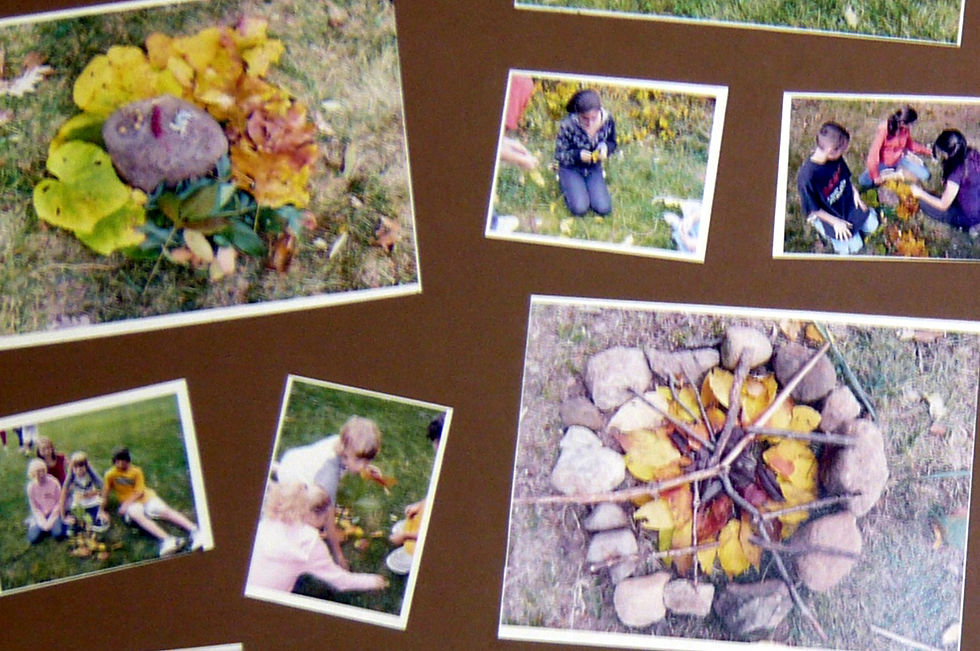
This type of artwork may have several names, but "a rose by any other name" can still inspire students to take great care with their designs and craftsmanship.
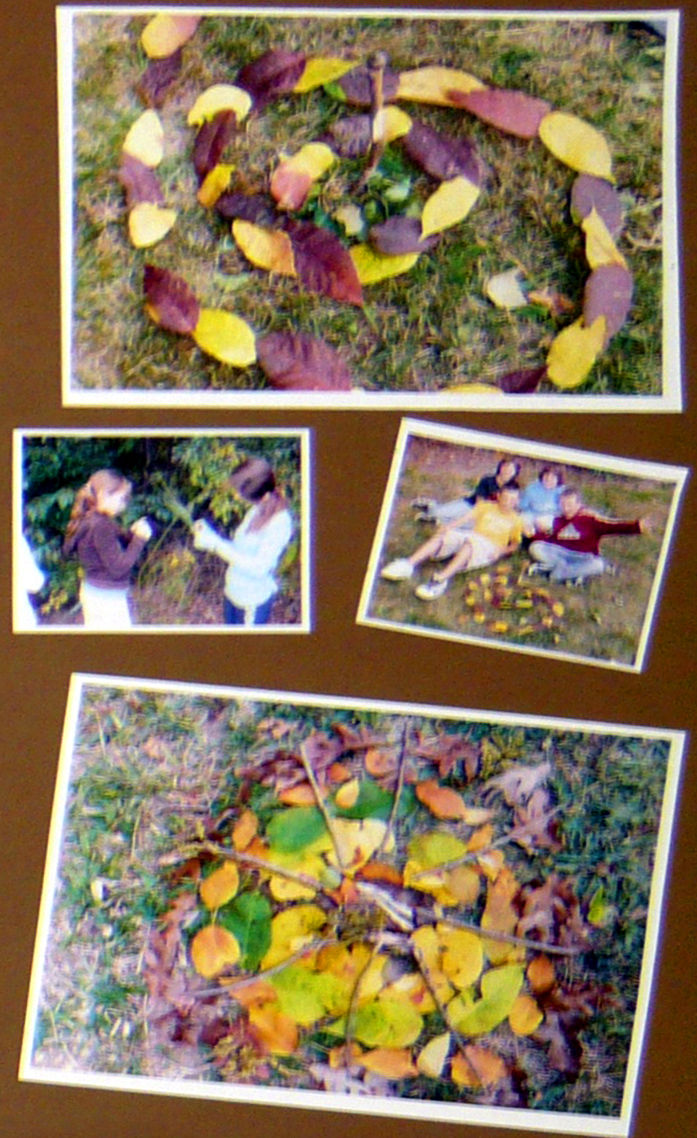
The students were required to work collaboratively in groups for this project, and later reflected on the experience.

As the "hook" for this lesson, I set up chairs and string in the classroom, and when the students entered in confusion, I proudly proclaimed that it was my art! It certainly got their attention.

This type of artwork may have several names, but "a rose by any other name" can still inspire students to take great care with their designs and craftsmanship.
Land Art & Environmentalism
This unit brought new perspectives on innovation, materials, and the environment to my 7th grade students in 2008. I challenged my students to consider the question of "what makes something art," and how interacting with people who have different opinions about art can enrich one's experience.
Inspired by the art of Andy Goldsworthy, lessons incorporated the exploration of making art for personal enjoyment vs. for an audience, experimenting with new materials, and discussion of environmental issues. The unit culminated with students going outside to create temporary art installations in nature. The students were proud of their art, and also of their newfound sensitivity to the impact humans have on the environment.